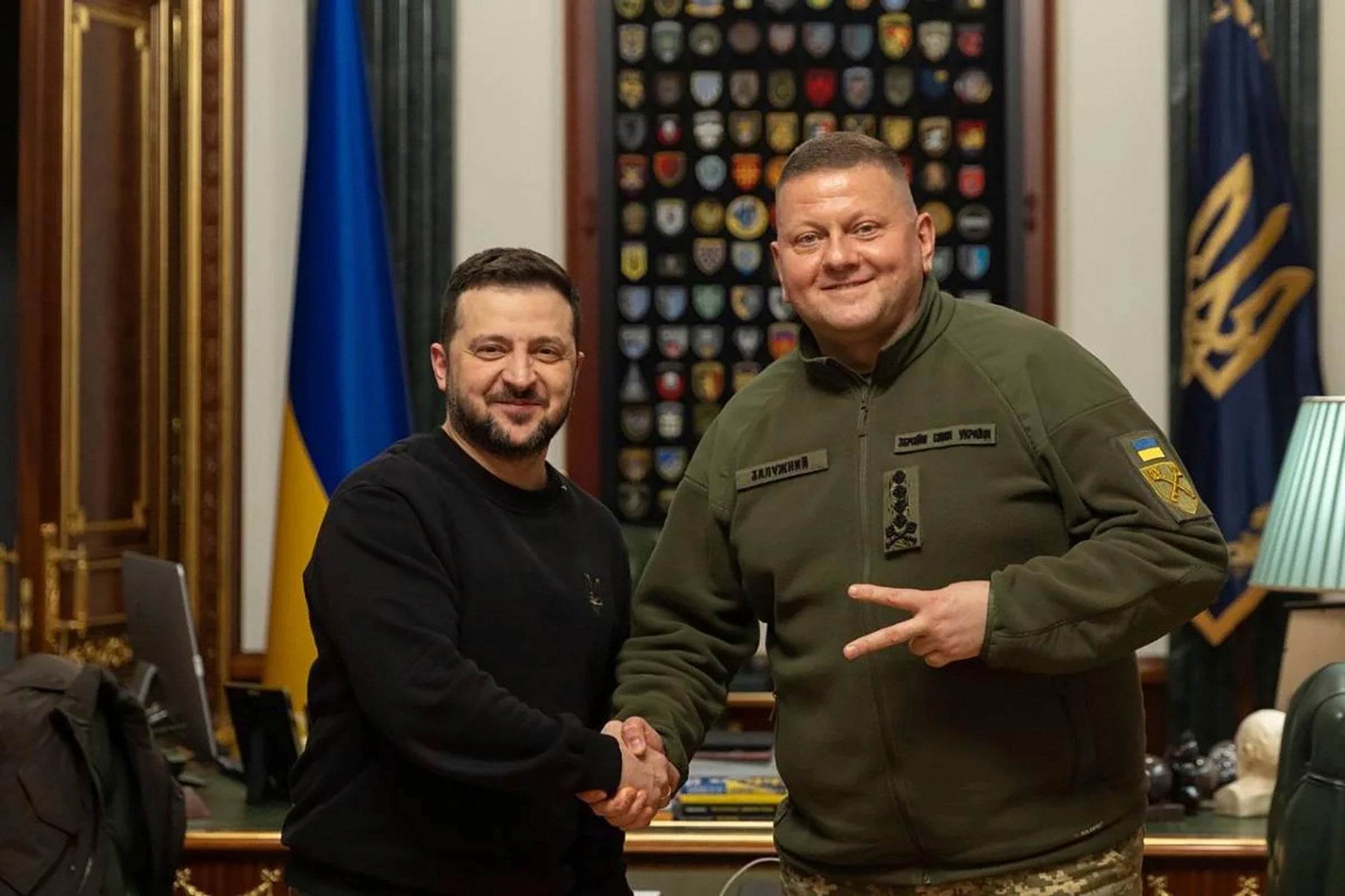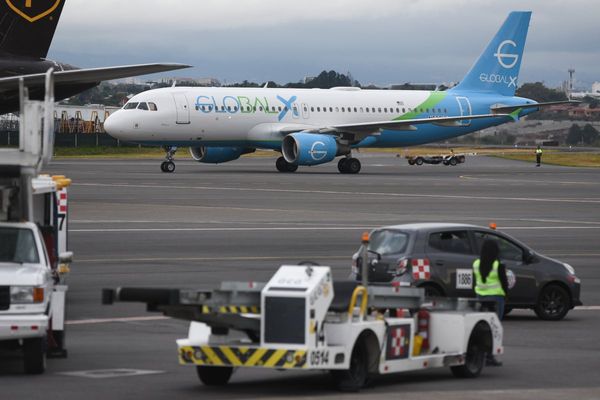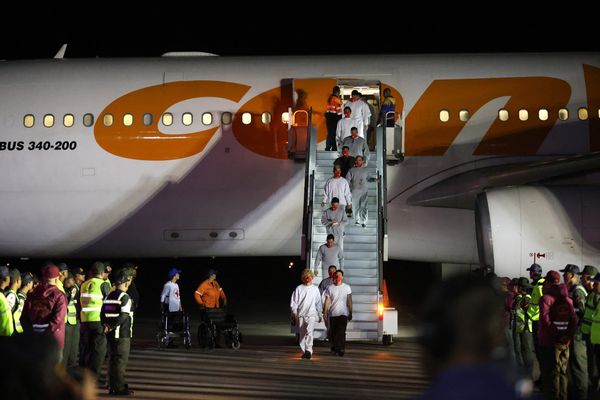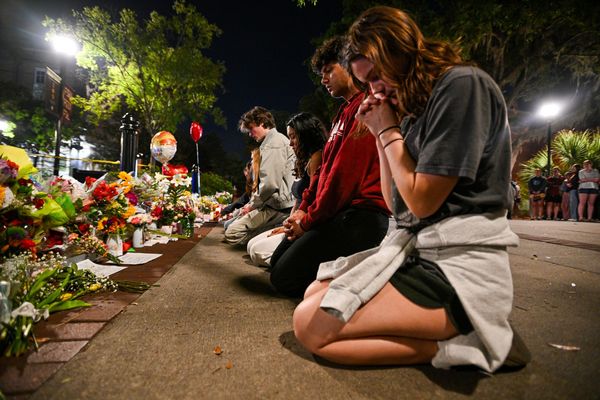After more than four hours of talks in Saudi Arabia this week, US and Russian negotiators have reportedly established a plan to end the war in Ukraine.
The action comprises three stages, according to Fox News, culminating in a final agreement. But before that, there must be a ceasefire, and then elections in Ukraine.
The country’s president, Volodymyr Zelensky, was not informed of the talks on Ukraine’s future, nor invited to them. He has said that any deal made without the consent of his administration won’t be accepted.
The leader, who has remained in power for the duration of Russia’s invasion, claims that the negotiations are looking to put the same terms to his country that they faced three years ago when it began, saying: “I wonder – if we didn’t accept such ultimatums in our most difficult moment, why does anyone think we would now?”
But Donald Trump’s second term as US president has changed the diplomatic situation in mere weeks. Dropping the Biden administration’s approach to isolate Russia, Trump has instead been acting quickly to make a ‘deal’ with Russian president Vladimir Putin and end the war – with or without Zelensky.

Speaking to reporters after negotiations in Riyadh, Trump falsely said it was Kyiv that began the conflict on its own soil, saying: "You should have never started it. You could have made a deal.” He afterwards added: "If Ukraine wants a seat at the table, wouldn't the people have to say – it has been a long time since they had an election.”
He went further by then dubbing Zelensky a “dictator” who is “refusing elections”.
His comments mirror those made by Putin, who for weeks has been accusing Zelensky of being an ‘illegitimate’ president for overstaying his term in office. However, in 2023, all Ukrainian deputies signed a legal agreement that no election should take place until at least six months after the conclusion of the war.
President Putin, meanwhile, has been in power in Russia since 1999 – 26 years. He has won five elections in that time, which have routinely been met with allegations of state interference. The president also continues to silence opposition opponents such as the late Alexei Navalny, who died in a Russian prison under suspicious circumstances last year.
Regardless, the agreement made between Russia and the US this week may well force Ukraine’s hand and set the stage for elections in the country at some point in 2025. Here’s what that could mean:
What would an election in Ukraine look like?
The position of Ukrainian president was established in 1991, and since then there have been seven elections. The President is elected for a five-year term using a two-round system, so with Zelensky coming to power in 2019, the last election should have been in 2024.
However, with martial law legally put in place in 2023, Zelensky has now been the president for six years, overrunning his term until the ongoing war ends. He would be able to stand again, as he is still in his first term.
In 2019, Zelensky secured a decisive victory, winning by the largest second-round margin the country has ever seen. His opponent, Petro Poroshenko, was running for re-election having served as Ukraine’s fifth president.

Zelensky ran for the ‘Servant of the People’ party, established in 2017. It is a liberal, centrist and pro-European group, named after a satirical comedy TV series made by Zelensky between 2015 to 2019.
But since coming into power the president’s polling figures have dropped significantly. His approval has dropped from nearly 90 per cent to around 50 – although Trump recently falsely claimed the figure stood at just four per cent.
Some polls show that he has been overtaken in popularity by Valery Zaluzhny, his former army chief and currently Ukraine’s ambassador to the UK. The President dismissed the military general as his commander-in-chief in February 2024 amid reports of tension between the pair.
And while Zaluzhny has not declared an intention to run, if he were to win he would be equally unlikely to cede to the demands of US or Russian officials.
Polling of the Ukrainian people show they are divided on how – or even if – the war should end. A survey released in November found that 52 per cent of the population would like to see an end to the war negotiated as quickly as possible. Meanwhile, 38 per cent believed the country should keep fighting until victory.







